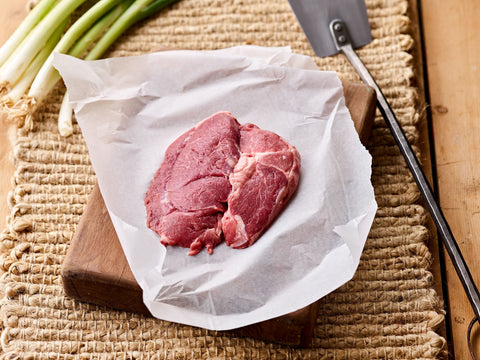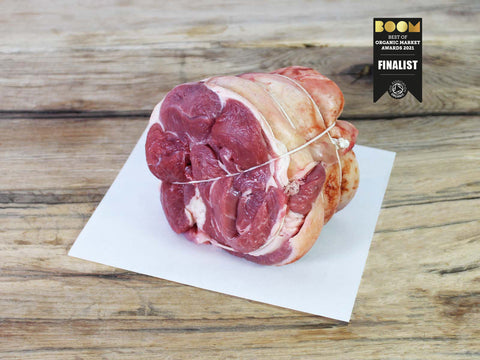Flooding
With recent flooding across the country, we can’t help but start questioning what needs to be changed. There are many ways this can be looked at; do our councils need to focus on flood defences? Does the Environment Agency need to give more time to our rivers? Or perhaps we should be asking farmers what can be done?
Here on our farm we can’t control what others choose to be doing, however we can change our farming methods and help communicate with our partner farms.
It tends to be a minefield out there, farming methods and opinions can vary a lot, so we’d love to tell you what we’re doing to control the rain fall landing on our ground.
Regenerative Farming
We are a huge advocate of flood-fixing methods. We use regenerative farming techniques such as a strip and block grazing systems to ensure we always have plenty of long leafy growth. Our pasture fed for life cattle, as opposed to cattle fed on grain and kept in barns, help the soil absorb more water. Having animals rotating on the land has a much higher water holding capacity due to the longer leafy grass slowing down water runoff which in turn naturally puts less pressure on water ways during extreme rainfall. The permanent pasture fields can hold the water for longer due to the soil being less compact, this water then slowly releases back into the streams over a longer period. Another reason pasture fed is best is because it means you don’t need to be cultivating the fields to grow feed for the animals, ploughing removes roots - needless to say the issues that occur when roots are taken away.
Strip Grazing
Strip grazing systems give the livestock a fresh strip of leafy grass each day. This allows us to allocate fresh grass to the stock for one or 2 days at a time. Strip grazing means the livestock is always eating fresh grass, with already eaten parts beginning to recover whilst having the stock freely roaming in the same field. This system does require a lot of time, but we feel it is essential in welfare of the cattle ensuring they are nutritionally satisfied.
Our rotational grazing system ensures the stock is not re-grazing the same area day to day. Each field is divided into paddocks to suit the number in the herd. The herd graze one paddock at a time, we do not allow the herd to graze the grass right down to the root, as this allows for a quicker recovery time for the grass. Once the paddock has been grazed, the cattle slurry we have left to compost from the winter months is then sprayed onto the field. This is from when the cattle have been kept warm and dry in our large spacious and airy barns. When it is time for the cattle to go back on the land, the grass will be at the height of its nutritional value and much easier to digest.
Good grazing management helps develop a stronger leafy digestible grass for regrowth, which helps the root network to develop within the soil. This technique plays a vital role in reducing land erosion and often encourages the growth of close dense swards that are often rich in clover.
Many of the above techniques play a vital role in improving the environment in which we live in We can’t single handily change the floods happening, but hopefully, together we can make a difference and spread the word.




